Prominent people
For more than 540 years, prominent people have worked and studied at Uppsala University. Here is a selection.
Emmy Rappe (1835–1896)
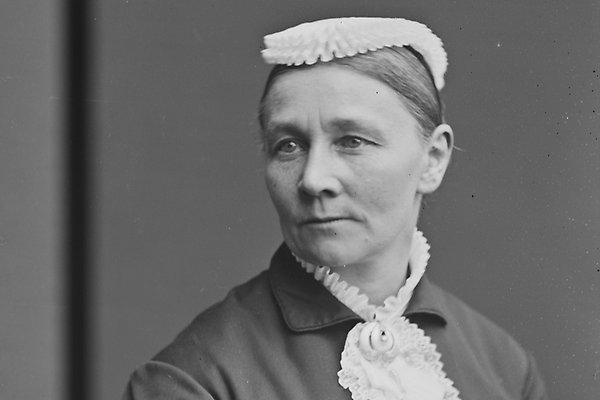
In the 19th century few people could imagine a woman in charge of higher education.
Thanks to her experience from Florence Nightingale’s school, Emmy Rappe was able to prove it was possible. Here in Uppsala, she led Sweden’s first clinical nursing programme, despite strong opposition from authorities and doctors alike.
In 1877, Emmy Rappe was awarded H.M. The King’s medal for civilian merit.
Otto Cars (1946–)
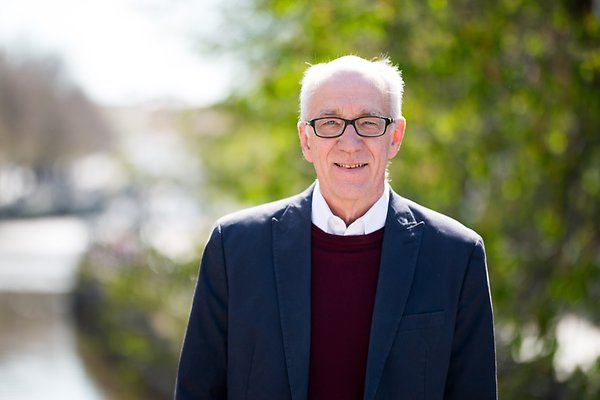
Twenty years ago, when Otto Cars began to spread awareness about the risks of antibiotic use, very few people showed any interest in the problem.
Today, antibiotic resistance has come to be considered a growing public health problem in most parts of the world. In 2017, Cars was appointed as expert in the UN Interagency Coordination Group on Antimicrobial Resistance.
Here in Uppsala, Otto Cars is a professor at the Department of Medical Sciences.
Olle Johansson, inskriven år 1477
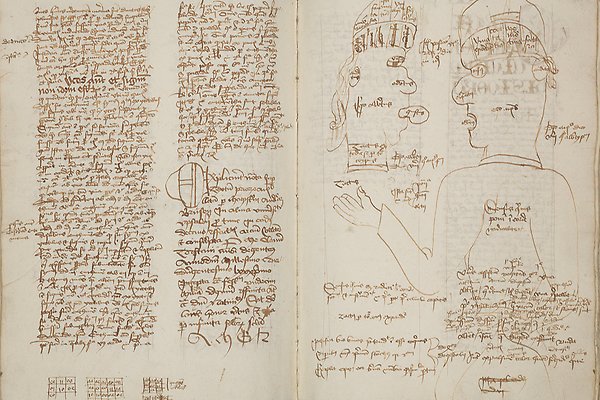
Sweden’s first documented student was Olle Johansson. He was from Gotland and studied at Uppsala University. He enrolled at the University in 1477 and studied theology and philosophy.
Olle Johansson left behind a historical treasure in the form of five years of lecture notes..
Betty Pettersson (1838–1885)
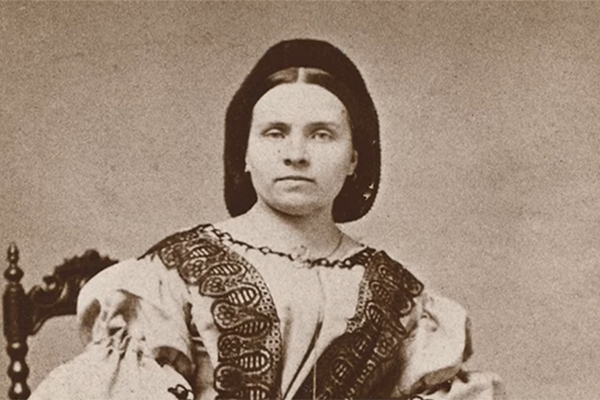
In the early 1870s, women were not allowed to study at Swedish universities. Betty Pettersson, a young woman from Gotland, wrote to the king and petitioned for an exemption. Her request was approved and she became Uppsala University’s and Sweden’s first female student.
She enrolled in 1871. Two years later, the government granted women the right to study some subjects at the universities. After graduating, Betty Petterson broke new ground again, as she became the first female public school teacher in Sweden.
Torgny Segerstedt (1908–1999)
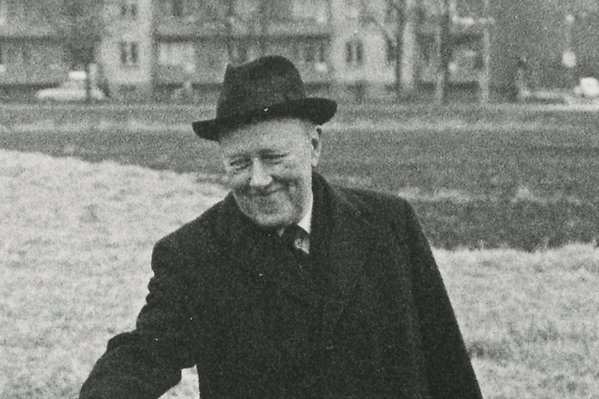
Torgny Segerstedt was Sweden’s first professor of sociology. He was also vice-chancellor of Uppsala University between the eventful years of 1955 and 1978.
During these 23 years, more students were enrolled than during the University’s entire previous history (1477–1955).
Uppsala University’s administration building, Segerstedthuset, inaugurated in 2017, is named after Torgny Segerstedt.
Maria Strömme (1970–)
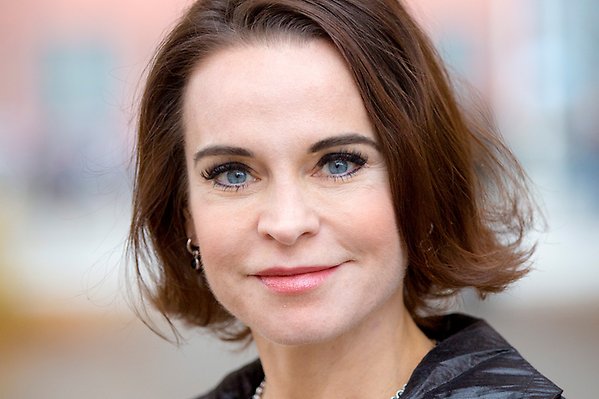
One of Maria Strömme’s most famous innovations is the ‘impossible’ material Upsalite – which has a surface area-to-mass ratio of around 800 square metres per gram.
Strömme has also developed the environmentally friendly algae battery and contributed many other groundbreaking ideas and innovations. Today, she holds 30 patents in as many as ten different patent families.
When Maria Strömme took up the position as professor of nanotechnology at Uppsala University, she became Sweden’s youngest chair professor in engineering.
Nils Rosén (1706–1773)
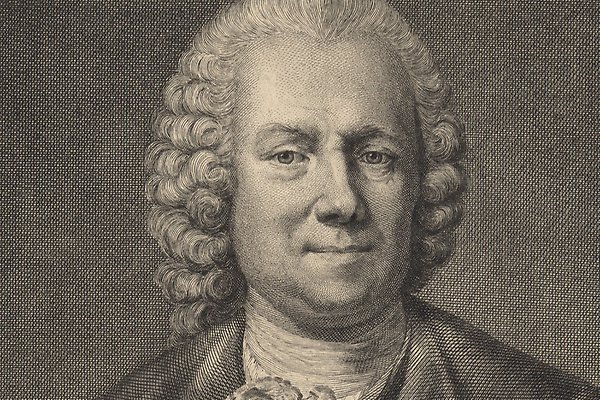
It was not always obvious that medical experience could be applied clinically. Nils Rosén broke new ground particularly in paediatrics and contributed to a reduction of mortality by understanding the impact of hygiene, nutritious food, fluid supply and the constant threat of smallpox.
Nils Rosén was also one of the first to realise the importance of keeping good patient records.
Gerd Enequist (1903–1989)
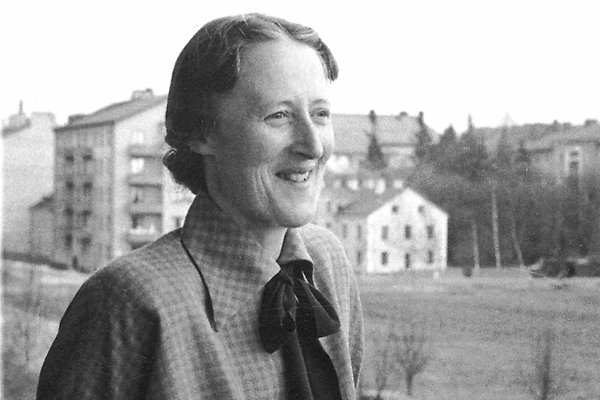
The first female holder of a regular professorship at Uppsala University was appointed as late as 1949. Gerd Enequist was a professor of social and economic geography.
She was also a member of the delegation for road planning 1954–1958 and of the editorial committee for the Atlas of Sweden, to which she contributed maps describing population, buildings and enterprise.
Anders Celsius (1701–1744)
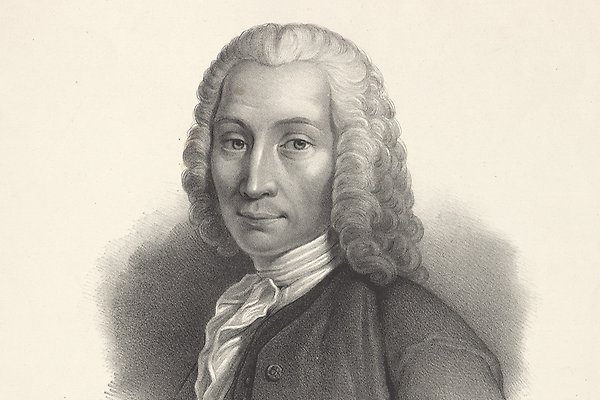
There is no doubt that Anders Celsius is best known for the 100-degree thermometer scale and the unit of measurement named after him, °C.
Celsius was also prominent in astronomy and instrumental in the creation of Sweden’s first astronomical observatory in Uppsala.
He studied the science of planets, comets and stars and promoted Sweden’s adoption of the Gregorian calendar.
Ellen Fries (1855–1900)
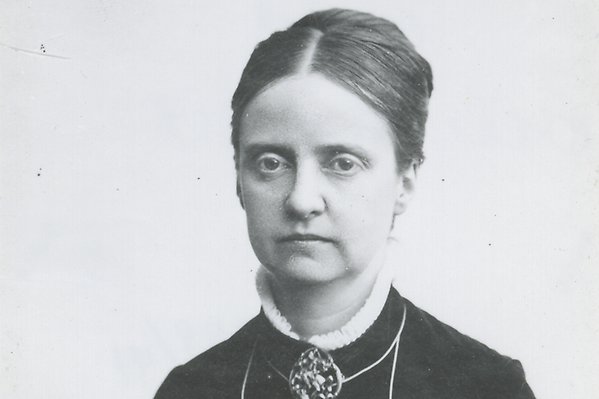
In 1883, Ellen Fries defended her thesis in history and became the first woman in Sweden to receive a doctorate.
Many hailed Fries as a forerunner but others were sceptical. A male academic teacher said: “... she was the first of her kind, but hopefully also the last.”
Ellen Fries continued to write about history in works such as “Remarkable Women” (1890–91).
Carl Linnaeus (1707–1778)
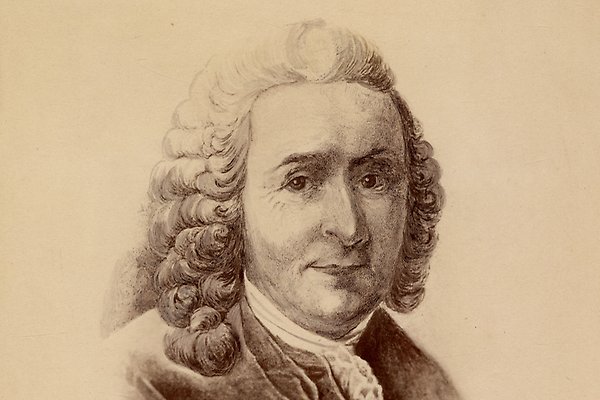
Carl Linnaeus is one of Uppsala University’s most famous professors of all time.
Linnaeus created systems for the classification and naming of species. When he was 30 years old, he published his findings in the book “Systema Naturæ”.
The system has developed since then, but its foundation remains substantially the same.
Lydia Wahlström (1869–1954)
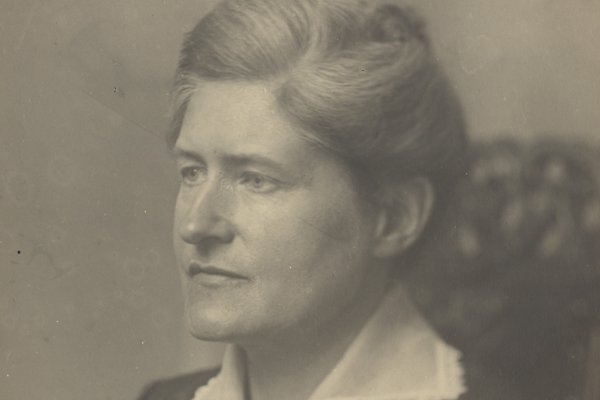
The entry of women into the academic world in the late 1800s didn’t automatically abolish discriminatory norms. In 1892, Lydia Wahlström founded the radical association Uppsala Female Students.
Among other things, the members became the first female students to wear their student caps in public, which was considered extremely inappropriate.
A few years later, Lydia Wahlström was the second Swedish woman ever to defend a doctoral thesis in history.
Finn Malmgren (1895–1928)
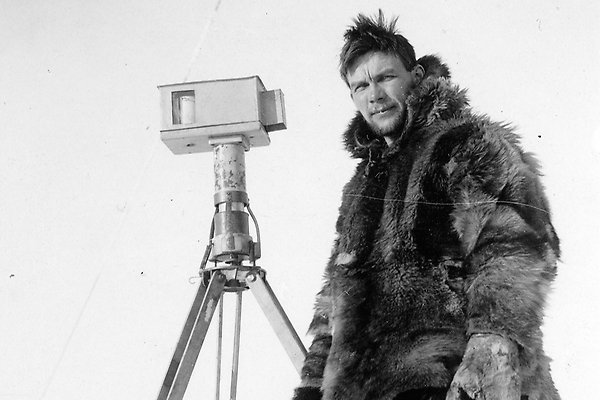
Finn Malmgren was only 33 years old when he disappeared on the polar ice in June 1928, never to be found. At the time, Finn Malmgren was one of the youngest and most promising polar researchers in the world.
He conducted his research at the meteorological department in Uppsala and was twice awarded the Order of Saint Olav, which was instituted by Oscar I, as a “reward for outstanding contributions to the fatherland and humanity”.
